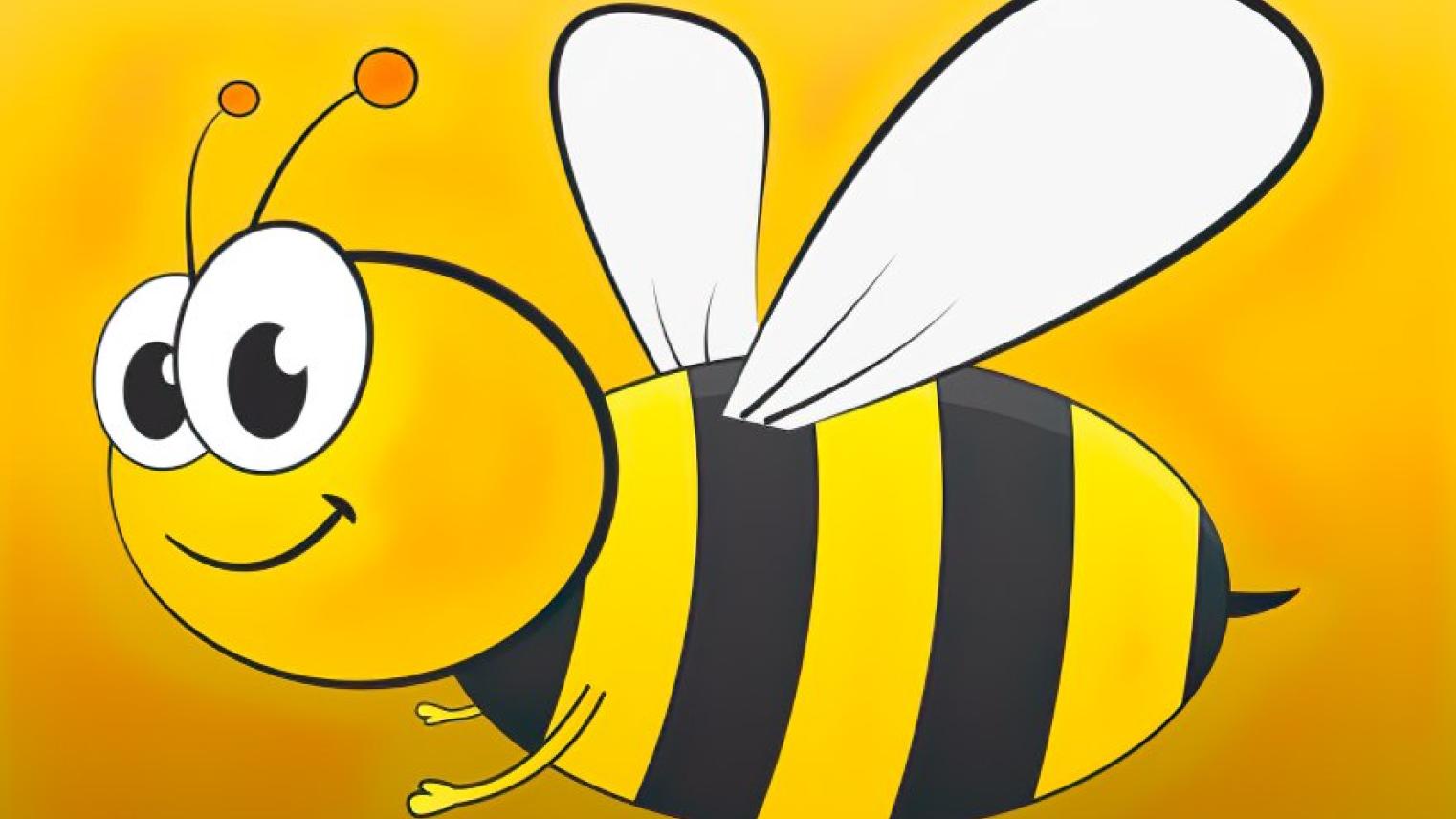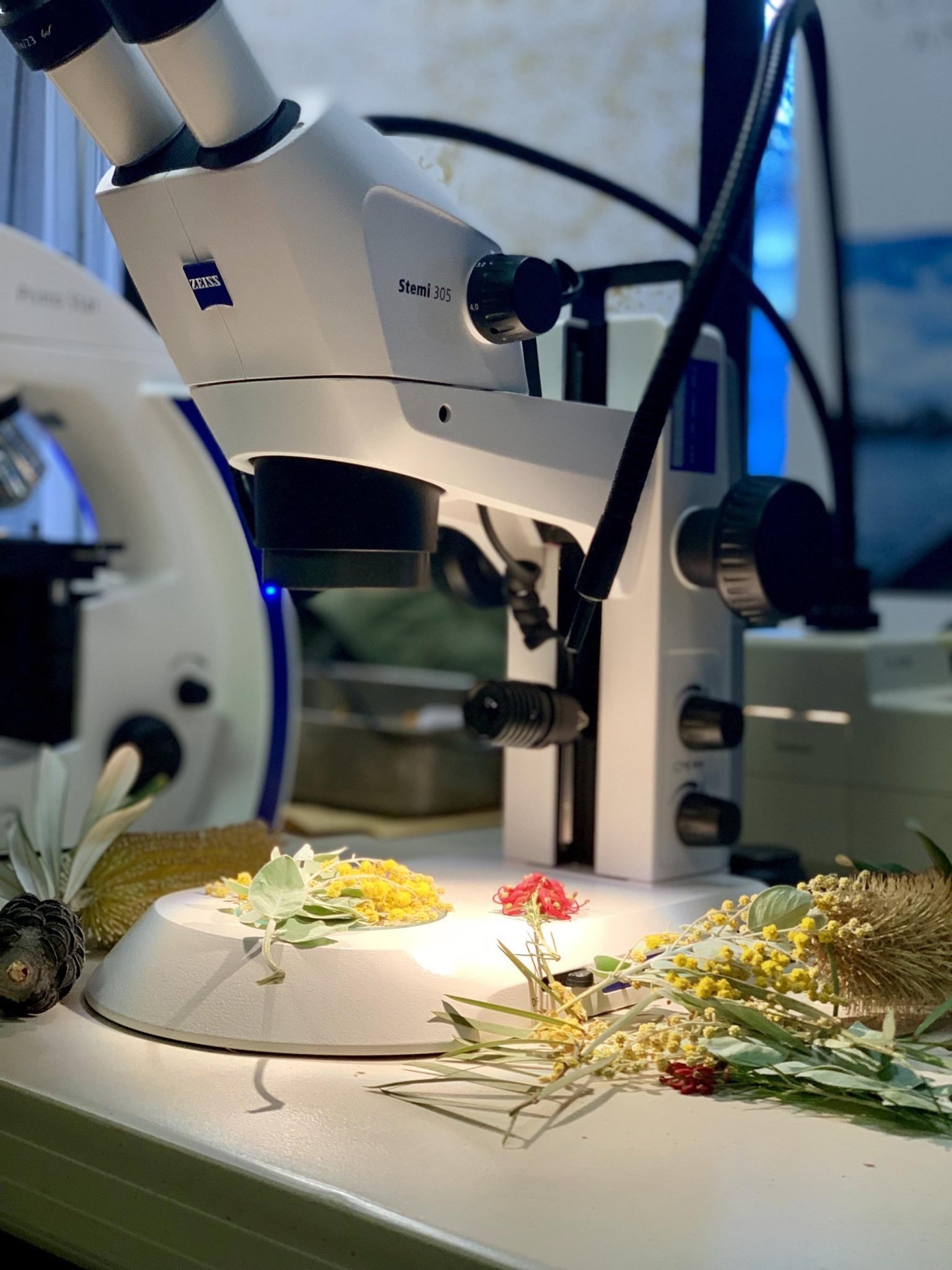Bee Engaged (World Bee Day 2022)

There’s a buzz in the air. Can you hear it? Bzzzz! On 20 May, communities globally celebrated World Bee Day, folks! And no, we’re not pollen your leg. There is a special day each year to celebrate the brilliance of the busy bee! Are the puns starting to sting? OK, let’s take a break!
A Little Bit of History
World Bee Day on 20 May correlates with the birthday of Anton Janša, a pioneer beekeeper from Slovenia born in 1734. He was the first beekeeping teacher at the Viennese imperial court and in the 18th century transformed beekeeping methods and laid the foundations of modern beekeeping.
Janša was trained as a painter, but he also heralded from a beekeeping family, which is probably why he followed suit and became a distinguished beekeeper too. He was appointed the world's first full-time, beekeeping lecturer by Empress Maria Theresa. In 1770, he was promoted Imperial and Royal Beekeeper and kept hives in the royal gardens. He also became distinguished in his practice of designing hives and homes for bees.
The Higher Purpose of 20 May
Ever since the declaration of World Bee Day in 2017 and its first observance in 2018, 20 May serves as an annual reminder to the world about the pivotal role bees play in the ecosystem. They help to pollinate most of the crops we consume. Without bees, we wouldn’t have sustainable agriculture.
What’s more, many plant species wouldn’t be able to pollinate, so imagine the wonders that bees do for our biodiversity. By supporting plant diversity, bees also automatically help to regulate the climate, purify the air and water on Earth, and nourish soil nutrients. Effectively, bees are essential to the survival of the human race.
It’s sad, then, that the existence of these pollinators extraordinaire is unfortunately under threat—as a consequence of factors such as modern, intensive farming practices, destruction of natural habitat, and pests and disease.
As such, World Bee Day is a,ways an ideal opportunity for us to stop and think about how to help bee populations thrive, so they can help our planet thrive. The theme for World Bee Day 2022 was Bee engaged: Celebrating the diversity of bees and beekeeping systems.
The focus for the year and beyond is on the importance of bees and threats to bees and other pollinators, as well as to beekeepers. How can we enhance the environment to be increasingly bee-friendly? How can we improve existing conditions around pollination and food security?
Beekeepers and natural conservationists the world over work relentlessly to address some of these hard-hitting core questions and seek resolutions. Playing its own, small part in this quest is the Archaeology and Natural History (ANH) group with the ANU School of Culture, History & Language (CHL).
Bees: The ANH Buzzword
The natural history part of ANH comprises a team of individuals with a speciality in all things pollen. This ranges from looking at how landscapes have changed over deep time (by looking at fossil pollen in sedimentary sequences), to the respiratory health of our cities (by looking at the pollen load in the air we breathe), and more recently working with backyard beekeepers to see what plants their bees’ favour.
For those who don’t know much about pollen, these are tiny dust-like particles that are less than half a human hair width in size, and an essential part of plant fertilisation. A natural marvel of pollen is that they all have unique form and structure, which helps to trace them back to a parent plant.
What’s in my Honey?
According to the ANH Natural History team, World Bee Day definitely draws attention to the importance of these hard-working little pollinators and other relatives in the insect world to the sustainability of our planet. However, whether it’s World Bee Day or not, bees are very intrinsic to the work these researchers and scientists do! The team has a long-term goal of contributing to the important discussion of sustaining bees and other pollinators in our environment.
One such initiative facilitating this goal is—pun truly not intended this time—“What’s in my Honey?”! This collaborative project between local beekeepers and the ANH lab involves beekeepers extracting pollen from their honey at home and sending it to the ANH team for further processing, analysis and imaging.
By looking at the pollen, the team can tell what plants the bees have visited for nectar and pollen, and if they are confined to home or roaming further afield. This enables backyard apiarists to better understand their hive behaviour and, in particular, plant preferences.
This collaboration with Canberra beekeepers is a fun and important community outreach project for the group, which they hope will provide greater insight into hive behaviour around the ACT.
Check out some of their work in these videos:
What’s In My Honey Explainer What's In My Honey: Pollen Analysis
Another resource the team loves to refer to and recommend is ACT for Bees. They have a multitude of resources, including how to identify some of the amazing species of native bees you can find in Canberra and how to make a 'bee-spoke' garden for pollinators!
All Work But Some Fun Too…
And speaking of fun, these scientists do know how to infuse some of that into the research they do. They share some fascinating facts about bees with us. Ironically enough, despite the well-known phrase, “it’s the bees’ knees”, bees actually don’t have knees! And did you know that honeybees pack pollen into baskets on their legs? Or that bees have some mean moves on the dancefloor? They do a dance called waggle dancing, to show other bees where there are really good sources of pollen and nectar!
So for those of you who wanted to get into action and do your bit for the super pollen stars on World Bee Day, we hop you created some buzz with the Global Waggle Dance Challenge!
World Bee Day 2022 is over, but the hard work to make the environment more conducive for bees certainly isn't. So don't forget to spread the word on bees and why they matter!


